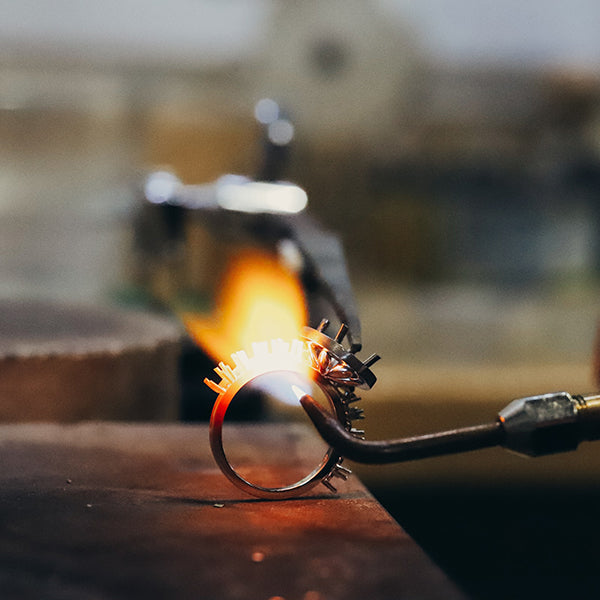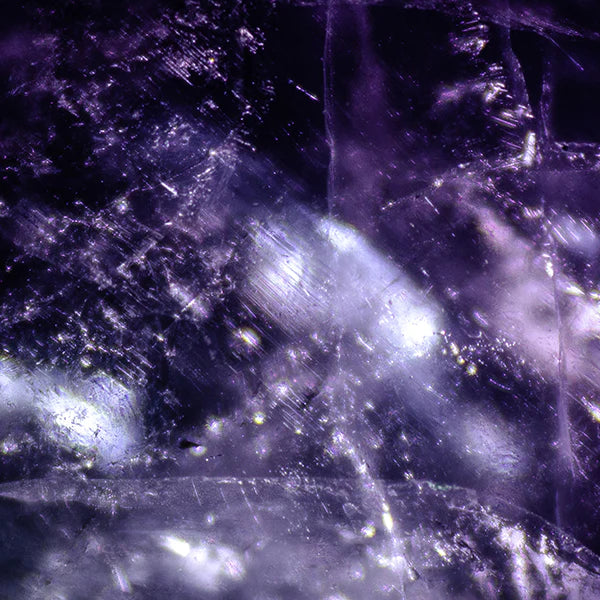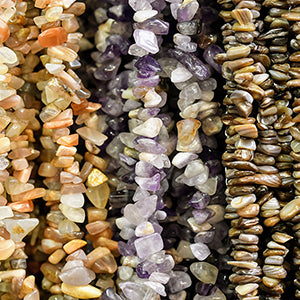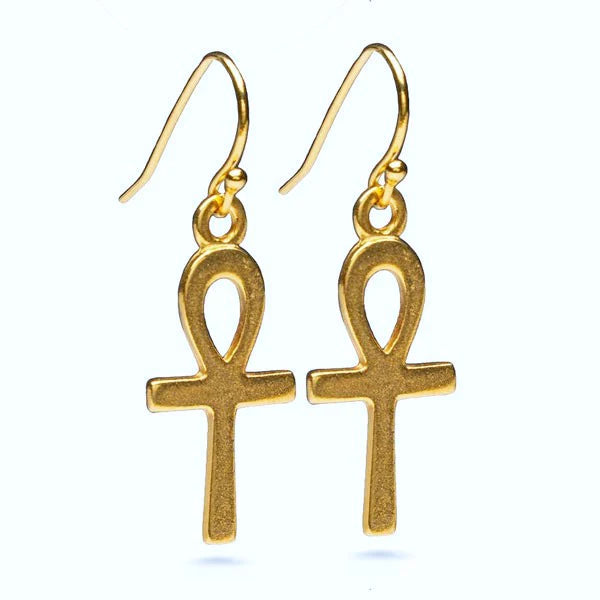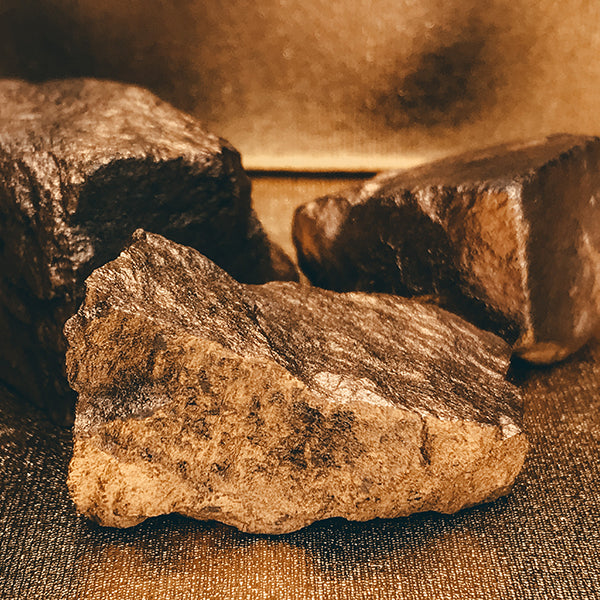
There is a lot of symbolism in the color gold. The sun is the closest association and the metal was also a sacred symbol for the sun in the Egypt of the pharaohs, among the Bronze Age people in Denmark (the Sun Chariot) and among the Incas in South America.
However, silver was preferred elsewhere and could have other functions. For example, it was the precious metal of the Vikings, i.e. means of payment and we often find jewelry that has been cut. The transportable jewelry was simply cut into pieces upon payment. This primarily applies to necklaces and bracelets.
The background for the rich silver treasures that have been found in Scandinavia must be sought in the trade relations that the Vikings connected via the Russian rivers with the great powers in the south-east: Byzantium, the Persians and the Arabs. The ships were crucial for the trade that the Vikings brought to Europe. But the flow of silver through Russia was due to the fact that in the year 890 the Muslim provinces of Central Asia had discovered very rich silver deposits in Afghanistan. "In the cities of Bukhara, Samarkand and Tashkent, silver coins were minted, which were later used by Muslim merchants in marketplaces by the rivers Volga and Don" (ref. Danish ancient times, National Museum, Denmark).
However, it is still a mystery how the oriental silver reached Scandinavia via Russia all the way from Asia.

